Introduction:
A company’s success can be greatly impacted by its decision to use traditional or digital marketing in the ever changing business landscape of today. To better comprehend each approach’s advantages and disadvantages, let’s examine its intricacies.
Table of Contents
Traditional Marketing:-
1. Reach and Targeting:
- Wide Audience Reach:- Broad audience reach has always been a feature of traditional marketing techniques like print, radio, and television, which has helped companies target a wide range of demographics.
- Limited Targeting Options:- Although it reaches a larger population, traditional marketing is not as exact in its targeting as digital marketing. Frequently, advertisers depend more on broad demographics than on niche audience groups.


2. Cost Effectiveness:
- High Production Costs:- It can be costly to produce traditional marketing materials like print ads, billboards, and television commercials, especially when they are produced to a high standard.
- Less Control Over Budget:- Because traditional marketing efforts frequently have set expenses, it can be difficult to scale campaigns based on performance or modify budgets.

3. Engagement and Interaction:
- Limited Interaction:- Businesses disseminate their message to the audience using traditional marketing channels, which usually only allow for one-way contact with little room for audience engagement or feedback.
- Brand Recognition:- Brand identification and recall among consumers can be enhanced by memorable slogans, jingles, and graphics used in traditional marketing campaigns.
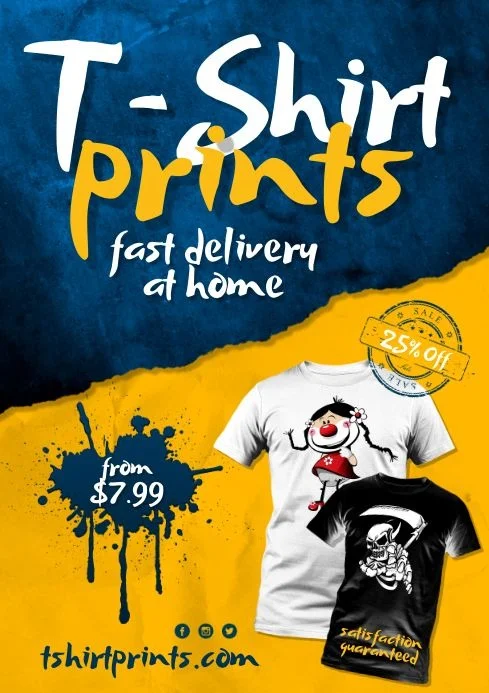

4. Measurability and Analytics:
- Limited Data Insights:- It can be difficult to trace and assign specific results to individual marketing campaigns, making it difficult to assess the performance of traditional marketing activities.
- Delayed Feedback:- Traditional marketing campaign analytics might not offer real-time data, which makes it more difficult for companies to make timely modifications.


5. Flexibility and Adaptability:
- Long Lead Times:- Conventional marketing efforts usually need a lot of planning and lead time, which makes it challenging to react rapidly to shifting customer preferences or market conditions.
- Limited Flexibility:- Traditional marketing strategies are hard and expensive to change once they’re underway, which makes it harder to adjust for unforeseen events.
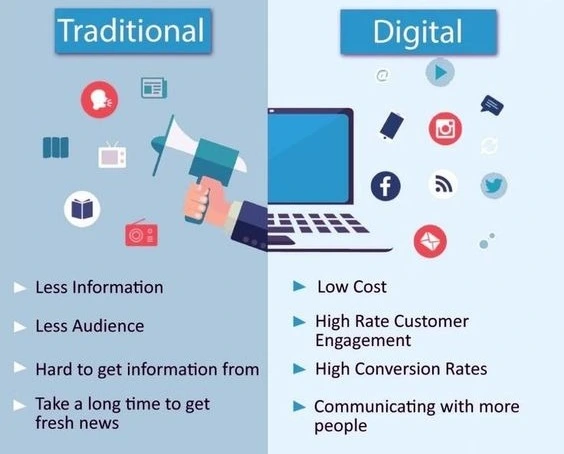
Digital Marketing:-
1. Reach and Targeting:
- Precision Targeting:- Advanced targeting options based on demographics, interests, behaviors, and even particular search queries are available on digital marketing platforms, enabling organizations to precisely contact their ideal audience.
- Global Reach:- Due to the internet’s worldwide reach, businesses may engage with customers anywhere in the world through digital marketing, eliminating geographical barriers.


2. Cost Effectiveness:
- Flexible Budgeting:- Campaigns for digital marketing can be customized to match any budget thanks to possibilities for cost-per-impression (CPM), cost-per-click (PPC), and cost-per-action (CPA) pricing structures.
- Lower Entry Costs:- Since digital marketing frequently has lower entry costs than traditional marketing, it is available to companies of all sizes, including startups and small businesses.
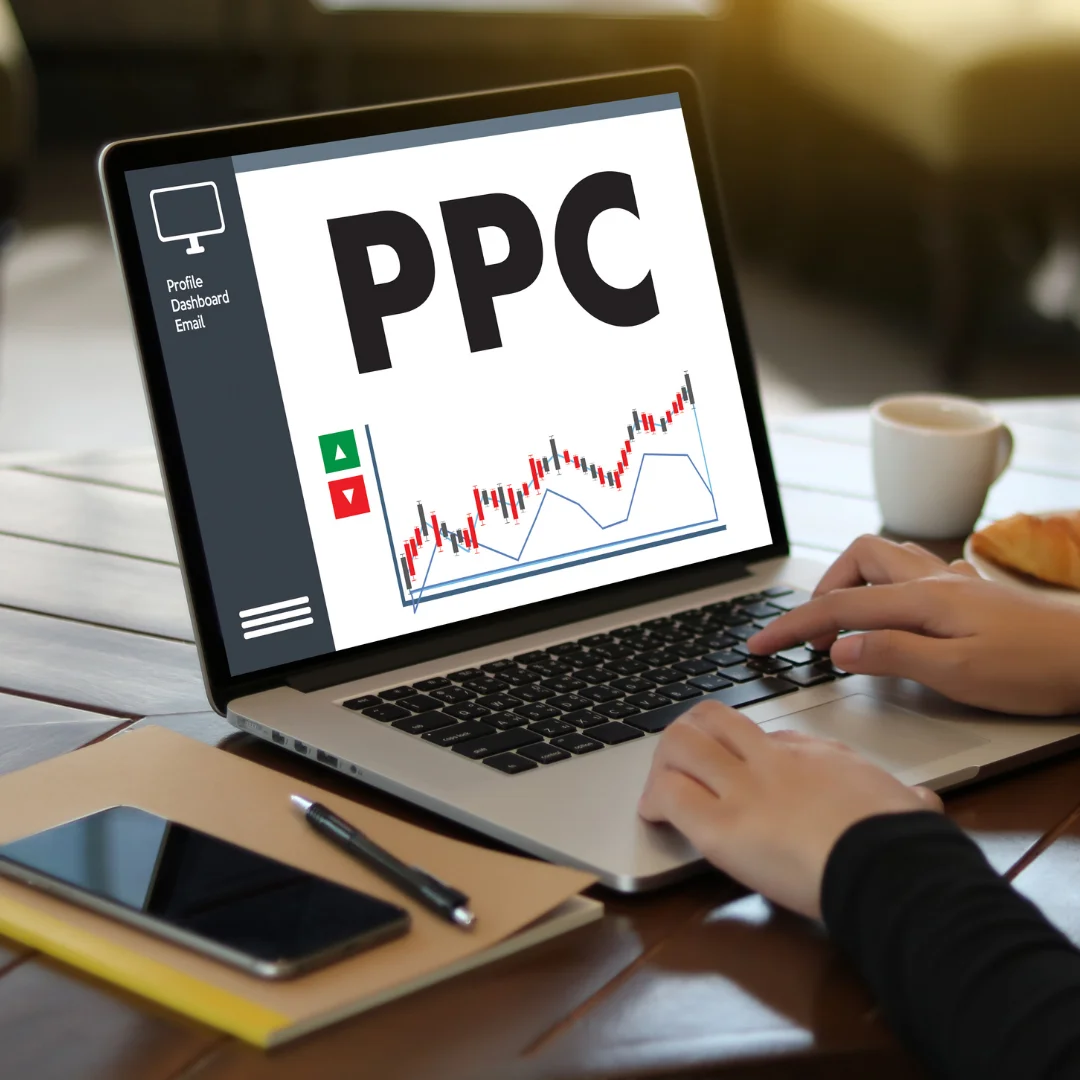
3. Engagement and Interaction:
- Two-Way Communication:- Digital marketing channels that enable two-way contact between companies and customers, encouraging engagement and developing connections, include social media, email, and chatbots.
- Interactive Content:- Formats for interactive content, such as polls, surveys, quizzes, and live streaming, promote audience participation and raise engagement levels.


4. Measurability and Analytics:
- Real-Time Insights:- Ad performance can be monitored in real time with the help of digital marketing’s powerful analytics tools, which include metrics like click-through rates, conversion rates, and return on investment (ROI).
- Data-Driven Decision-Making:- Businesses may improve the way they allocate resources, make well-informed decisions, and optimise their strategy by analysing data from digital marketing initiatives.
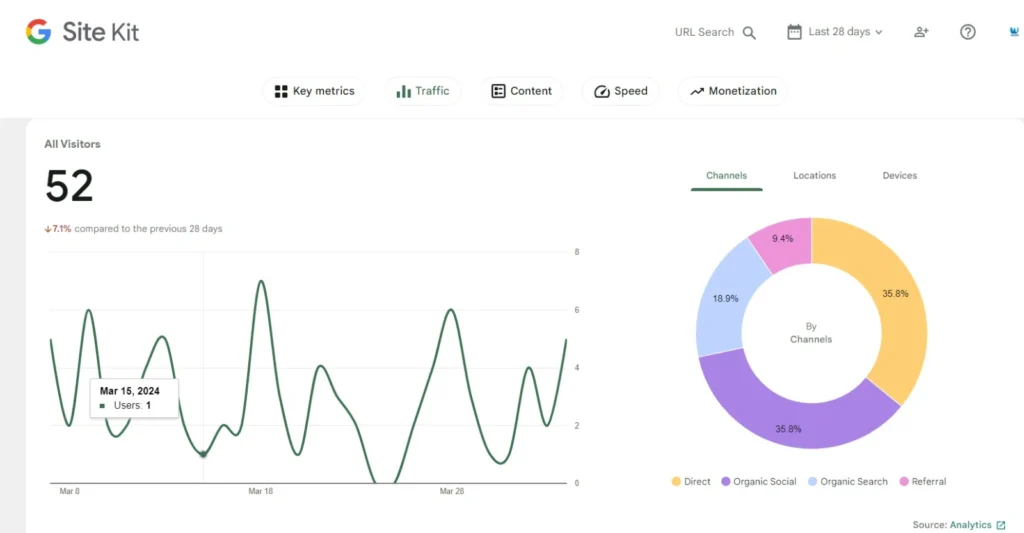

5. Adaptability and Flexibility:
- Agility:- Digital marketing campaigns enable firms to react swiftly to changes in the market and customer feedback since they can be launched fast and modified in real-time based on performance metrics.
- Continuous Optimisation:- Businesses can use A/B testing, creative element or messaging experimentation, and campaign iteration with digital marketing to enhance campaign performance over time.
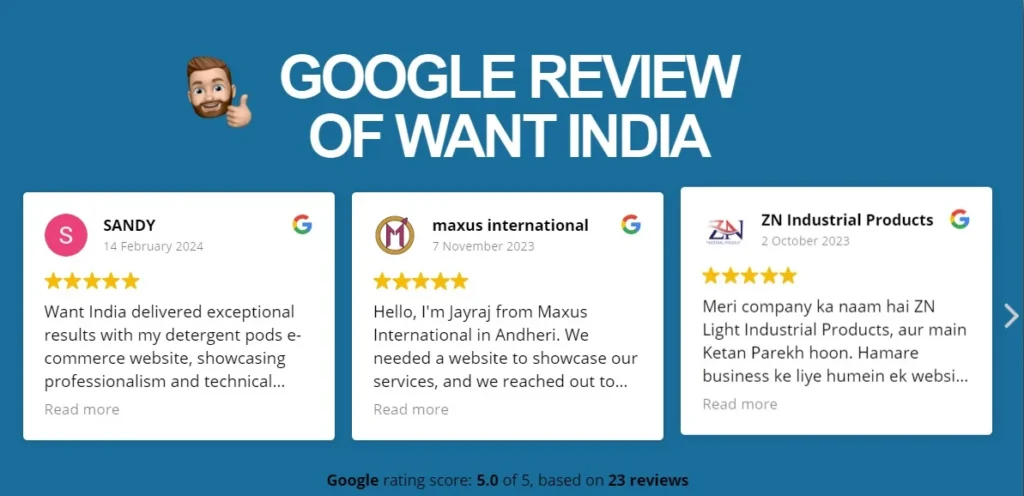
In summary, Traditional and Digital Marketing both have advantages, and the best marketing plan will rely on a variety of variables, including target market, spending limit, and corporate goals. Digital marketing offers unrivalled flexibility, real-time data, cost-effectiveness, precision targeting, and unparalleled reach, while traditional marketing focuses on brand recognition and broad reach. Businesses can create integrated marketing strategies that take advantage of the finest aspects of both approaches to accomplish their marketing objectives by knowing the advantages and disadvantages of each.






